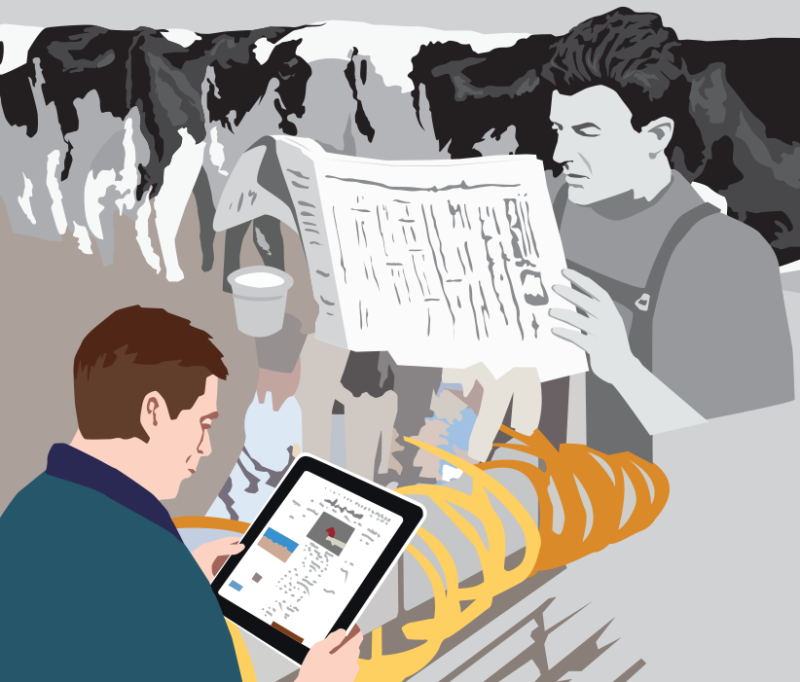If one goes back far enough into the history of most countries, one will find a violent struggle over land. In Brazil, the bloodshed continues.
Much like the Dutch’s conquest of South Africa, Portugal’s colonization of Brazil in the 16th century left a legacy of stark social inequality in the South American country. In 100 years, the Portuguese had killed 90% of the indigenous people in Brazil. After claiming the land, the colonizers set up latifundios, or vast farming estates worked by African slaves. Five centuries later, the agricultural structure of the latifundio still exists. A 2017 census found that 50% of the land in Brazil is owned by 1% of the population.
Various peasant and farmworker movements formed in the 19th and 20th centuries, the leaders of which were sometimes shot by the state or had their villages burned down. As these crusades began to develop stronger political organization, leading to bodies such as peasant leagues (ligas camponesas) and the Landless Farmers’ Movement (Movimento dos Agricultores Sem Terra or MASTER), Brazil fell under a military dictatorship from 1964 to 1985. Once democracy was restored, however, the Movement of Rural Landless Workers (Movimento dos Trabalhadores Rurais Sem Terra, or MST) was the strongest and most active group to emerge to fight for land redistribution.
The MST based its ideology on a mix of Marxism and liberation theology from the Catholic Church, which advocates for social justice and equity. Believing that land reform is the basis of democracy, they point to the 1988 Brazilian constitution as justification for their actions, as it declares that land “must serve a social function.” In particular, the document states that land must be productive and the owners must respect environmental regulations and labor laws.
The initial struggle of the MST was against the latifundios. These estates were immense, and much of the land was not used for agriculture. The central tactic of the MST would be to settle thousands of landless families on a portion of a latifundio, farm it and then legally petition the government for the right to own that parcel because it was previously unproductive.
In many cases, court judges did not side with the MST, and often there was violence from either the state or the owners of the latifundios. In April 1996, military police killed 21 landless rural workers and injured 69 more in an event later called the Massacre de Eldorado dos Carajás. However, that shooting, and other aggression against the workers, helped them garner more support from the general public. Sometimes the MST did find sympathetic judges or politicians, legally winning the right to claim the ground they worked. In fact, to date, they have helped 350,000 families acquire land.
As the power of the landowners decreased in Brazil toward the end of the 20th century, however, the landless rural workers found themselves against a different foe: agribusiness. Instead of the rural poor having more equitable access by being able to farm the land themselves, soon the majority of land was owned by multinational firms. Although they were more productive than the latifundios with the fields they acquired, the leaders of MST claim that they have continued a dynamic of exploiting rural people in order to keep the costs of production low and maximize profits. The landless worker group points to the environmental destruction caused by these corporations and the fact that Brazilians ingest more deadly agrotoxins than anyone else in the world.
Since the rise of agribusiness in Brazil, the MST has shifted its strategy from focusing on the right of the rural poor to acquire land to the right for food to be produced in a healthy manner. Calling it Popular Agrarian Reform (PAR), the MST seeks to be more inclusive in its goals and include the general population in the fight to take power away from agribusiness. Focusing on agroecology and local sustainable food systems, the MST looks to ally with those in the city – suggesting that their cause benefits all of those who live in Brazil. PAR also strives to reconstruct social relations, promote gender equality and increase access to education in rural areas.
It is difficult, and maybe unnecessary, to judge the validity of actions taken in someone else’s struggle. The contesting of land ownership in Brazil is the result of a complicated past and continues to lead to violence. Indigenous people have been forced off by the government and sometimes killed while protecting land they claim to be theirs, and the government also sends elite military forces into the jungle to wage war against illegal miners. There are still 80,000 families encamped on latifundios, seeking the legal right to own the ground they’re cultivating. Six centuries after the arrival of the Portuguese, Brazil is still trying to recover.
The founders of the U.S. claimed farmers to be the backbone of the nation. Thomas Jefferson asserted that “Cultivators of the earth are the most valuable citizens … tied to their country and wedded to its liberty and interests by the most lasting bands.” Two and a half centuries later, however, it feels as if that sentiment has been shelved. Agricultural politics gets little attention at the ballot box and in national discourse. That’s not true in Brazil, however, where the field is also a battleground. It is difficult to know if the PAR will find success. However, what does seem fair to say is that the way land is used – particularly the way it is farmed – is still at the heart of what it means to be a democracy there.






.jpg?t=1658551847&width=640)




